And There Was (no) Light!
See that little red light that looks like a battery? It’s not supposed to be there. Well, it’s an important light, but it’s not supposed to be visible. If it’s visible it means that something is wrong. And if it comes on while you are driving down the freeway at 75 MPH, as mine has been doing for the past couple of weeks, it’s a very bad sign. . .light.
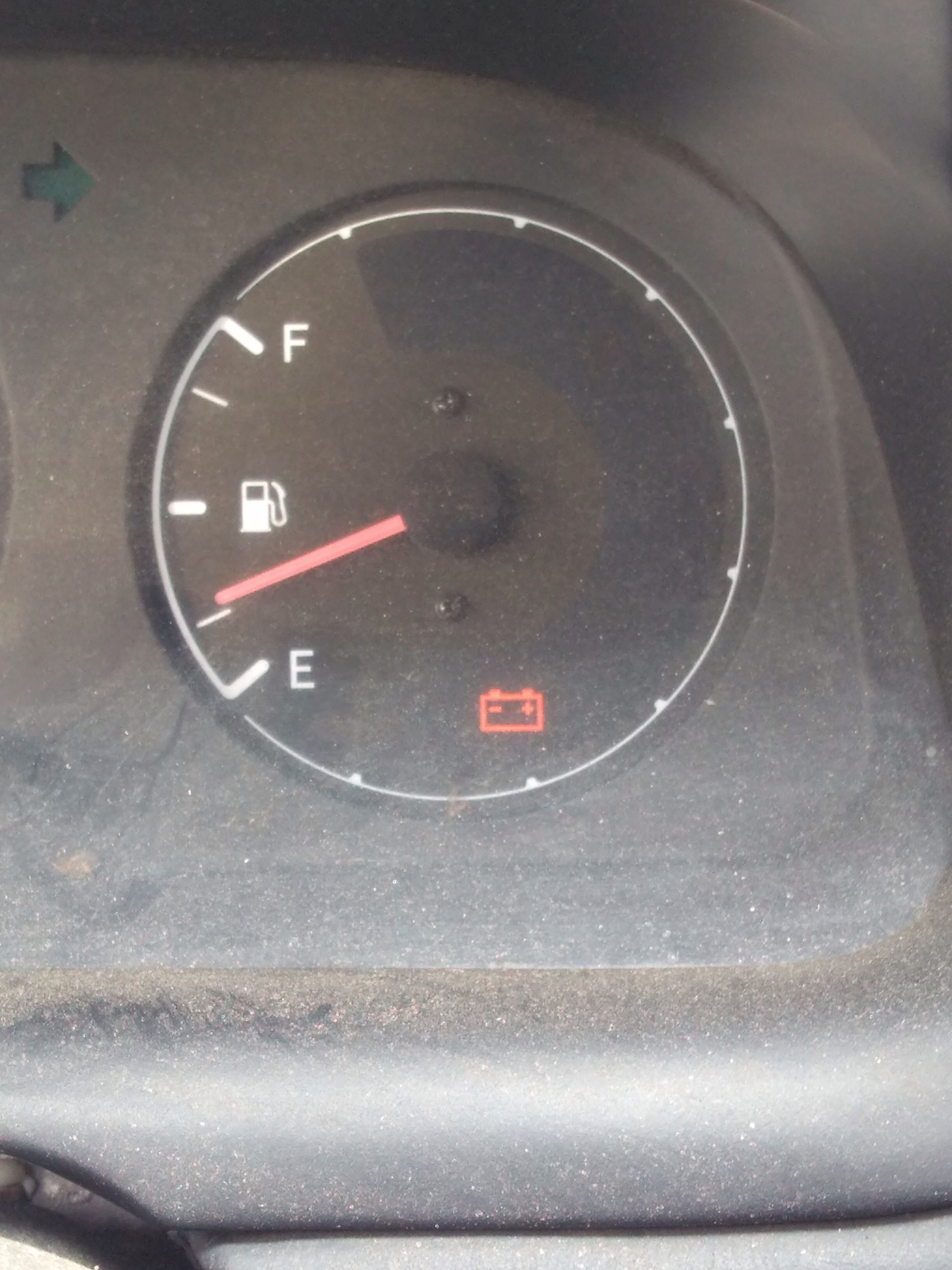
Your battery doesn’t actually power your car’s electrical system. The battery’s main job is to juice the starter. Once the car gets started, a device called the alternator generates electricity and feeds juice to the lights, the fan, the speedometer and allthe little lights on the dash.
A car battery puts out about 12 volts of power. When the alternator is working the reading on the battery should be somewhere around 13.5 volts or higher. (The alternator is recharging your battery as you drive.)
If you are getting less than 13.5 volts at the batter when the car is running, you have a bad alternator. Oh, and when that happens my car will turn on a little red batter light on the dash to let me know.
Yesterday, I decided it was finally time to replace my alternator. If I took it to a mechanic, it would cost about $350. I should say if I took it to a PROFESSIONAL mechanic. If I decide to do the work myself its $130 for parts. (Less the core charge when I take the old one back.)
Here’s a picture of my bad alternator.
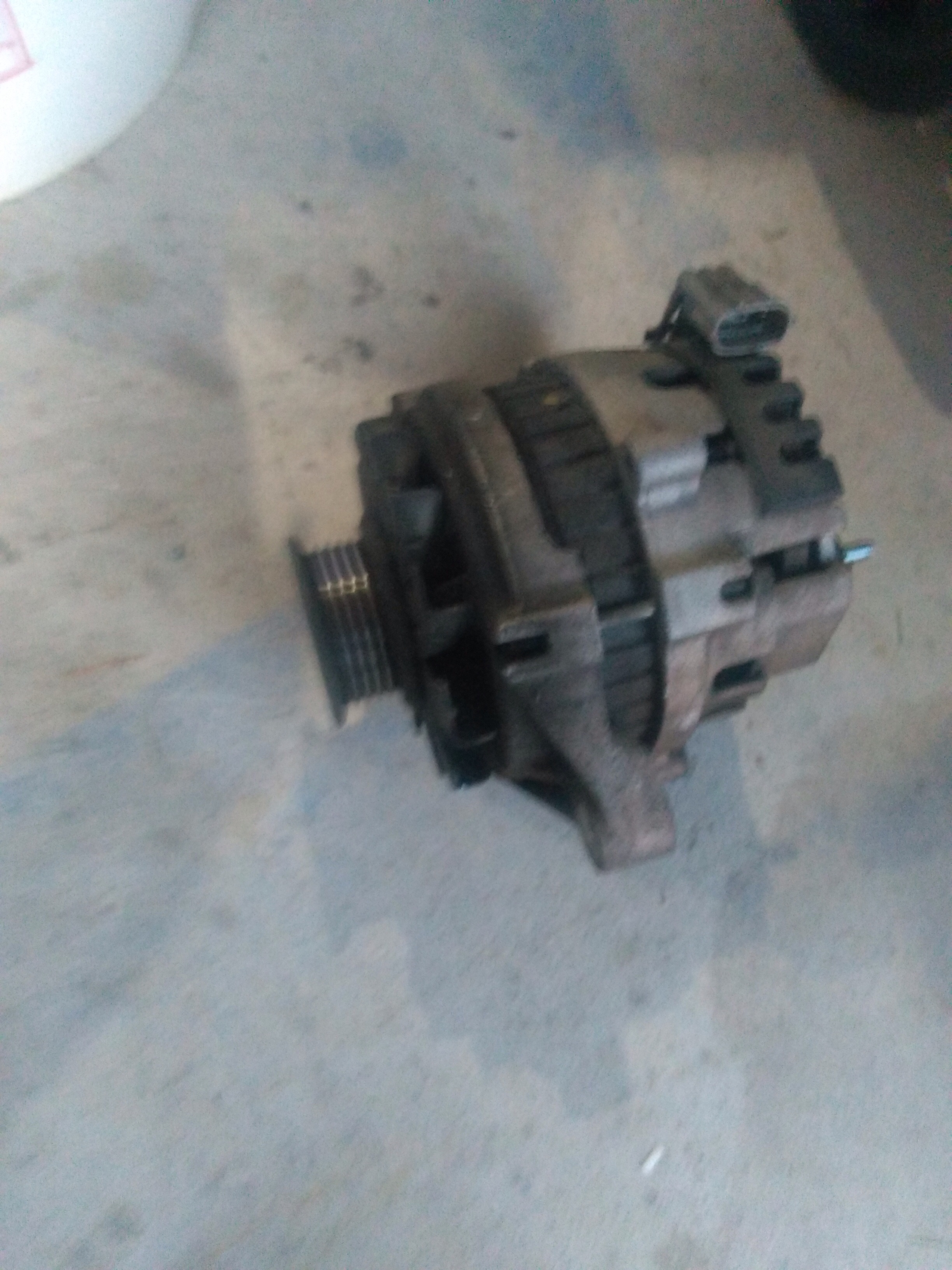
Replacing an alternator is a pretty simple repair. You have to remove the electrical housing via a plug and a small 10 mm nut. And then you have to loosen one bolt that controls the tensioner and remove two other bolts.
Not bad to save yourself $200, right? Unfortunately for me, the second bolt, the one that disengages the tensioner is located at a very inconvenient spot. I own easily over 100 sockets. And the 12mm socket that I needed to remove this bolt? I probably have 6 of those. Some short, some long, some 3/8″ drive, some 1/4″ drive, some 1/2″ drive. And, of course I have multiple socket wrenches to use on these sockets.
I spent over an hour trying various combinations of sockets and drivers. The short ones wouldn’t give me room to get a wrench on them. The long ones pushed too far up against the side of the engine compartment.
When I finally found exactly the right combination of socket and wrench, the wrench wouldn’t move. The bolts are tight, I get that, but I didn’t have a lot of options for how to increase leverage. Finally, I pointed the handle up and put a two foot long steel pipe on the end and prayed I didn’t break the bolt before I broke loose the connection.
After an hour of trying, it was andy a matter 2-3 minutes once the bolt was loose. (And no broken bolts! Yay!)
Here’s the hole where the old alternator was and where the new one is going.
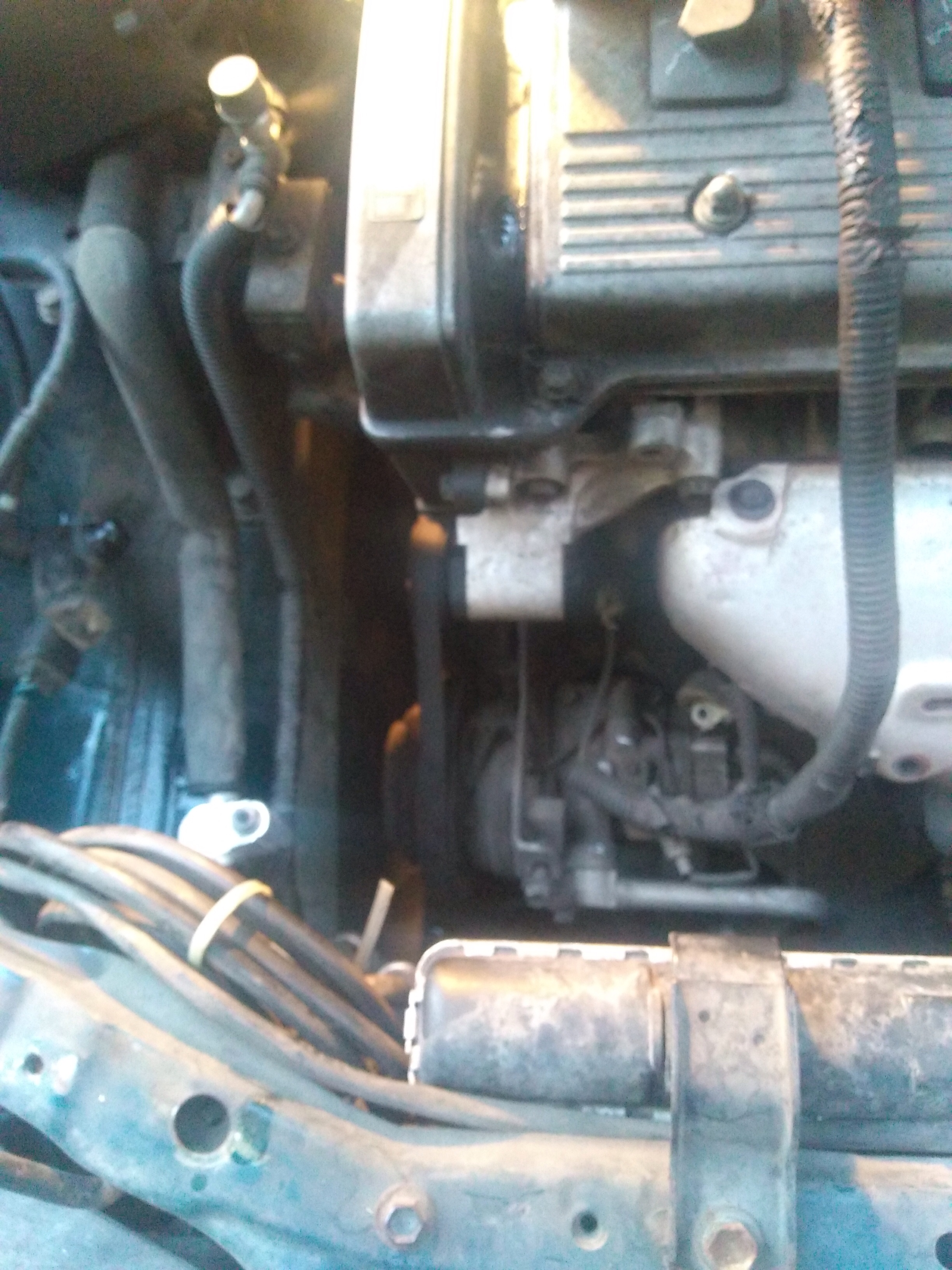
New parts always look so shiny when you put them into an existing engine.

The new one went in a lot easier than the old one came out. That annoying “hidden” bolt is a lot easier to deal with when you know going in exactly where it needs to be.
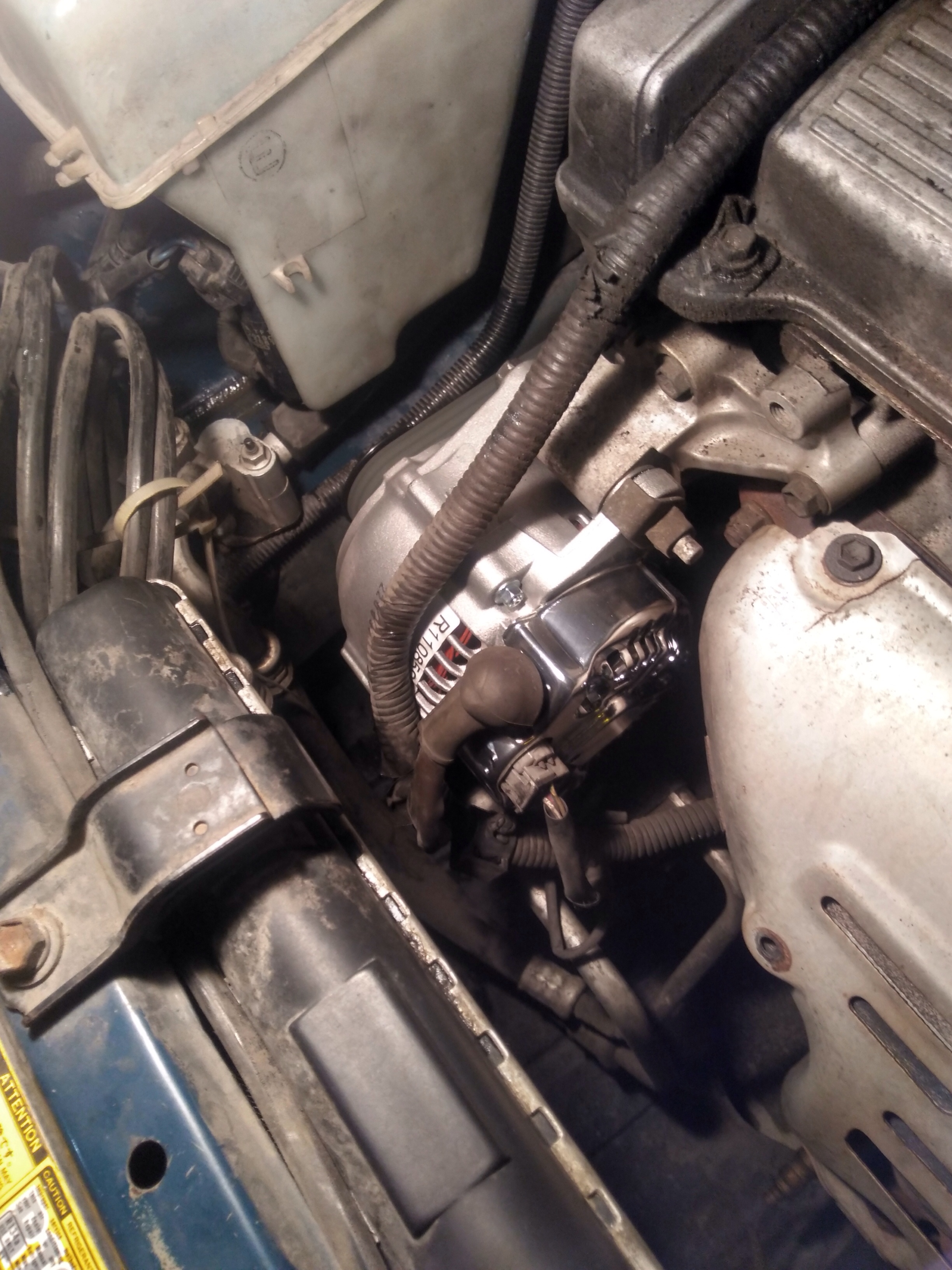
The funny thing about auto repairs is that you can spend a few hours tearing the engine apart and then putting it back together, but you never know if it was successful until you turn the key for the first time.
Fortunately the engine started right up. And not only was the battery showing 13.5 volts. It was well past that.
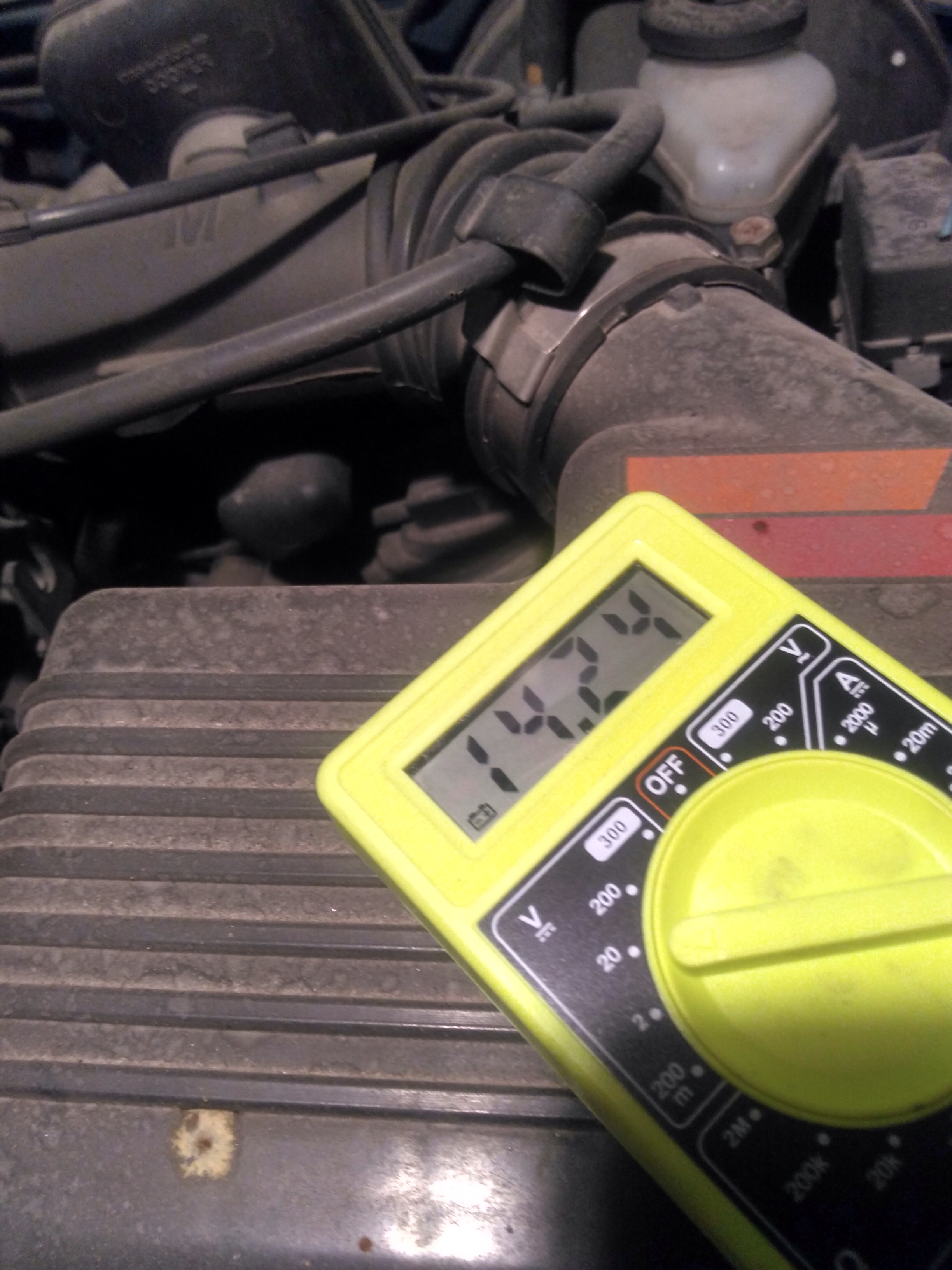
And when I drove it to work yesterday? No little battery light winking at me from the dash.
“And then there was (no) light!”
Stay safe
Rodney M Bliss is an author, columnist and IT Consultant. His blog updates every weekday. He lives in Pleasant Grove, UT with his lovely wife, thirteen children and grandchildren.
Follow him on
Twitter (@rodneymbliss)
Facebook (www.facebook.com/rbliss)
LinkedIn (www.LinkedIn.com/in/rbliss)
or email him at rbliss at msn dot com(c) 2021 Rodney M Bliss, all rights reserved
